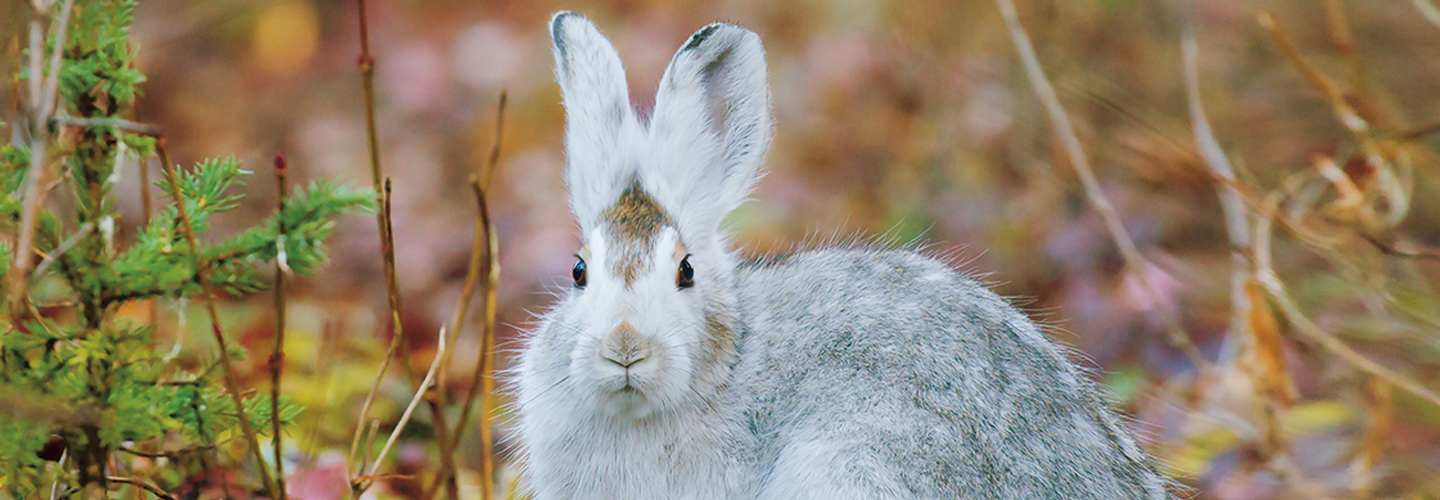On a cold winter day, a snowshoe hare hops through a Montana forest. Suddenly, it hears a noise that sounds like a predator. The hare freezes. If it sits perfectly still, the predator might not see it and go away.
Weeks ago, the hare shed its brown summer coat and grew white fur. The color acts as camouflage, hiding the hare in the snow. But there’s a problem: Winter has been warmer than usual this year. There isn’t any snow on the ground, and the hare is perfectly visible.
A snowshoe hare hops through a Montana forest. It’s a cold winter day. Suddenly, the hare hears a noise. It sounds like a predator. The hare freezes. It sits perfectly still. The predator might not see the hare. Then it will go away.
Something happened to the hare a few weeks ago. It shed its brown summer coat and grew white fur. The color acts as camouflage. It hides the hare in the snow. But there’s a problem. Winter has been warmer than usual this year. There isn’t any snow on the ground. And the hare can be clearly seen.

